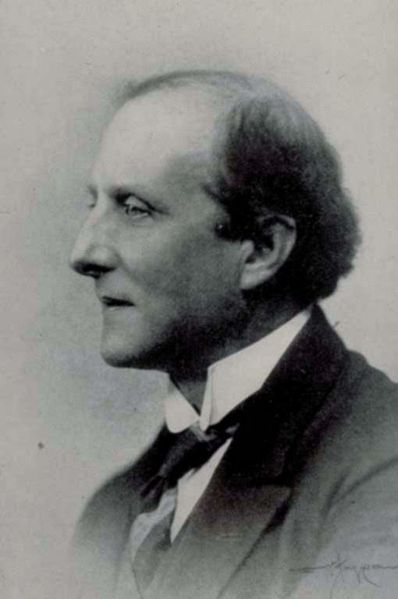Research
 |
The Carathéodory conjecture, first reported in 1924, states that any closed convex surface in 3-dimensional Euclidean space must have
at least 2 umbilic points (points where the surface curves equally in all directions). Background and further references can be found on Wikipedia.
With Wilhelm Klingenberg (University of Durham, England), we have proven the Carathéodory conjecture utilizing PDE in a geometric setting that we have spent the last decade exploring. The complete proof of the Caratheodory Conjecture has now appeared:
These are essentially the same as the arxiv post of the proof from 2011 - there have been no major changes. Our main innovations have been:
We have also extended our proof from the global conjecture to a local index bound for umbilics on smooth convex surfaces. To help explain our methods I have put together a couple of expository youtube video clips that goes through the proof. Below is the introduction video: In an interesting twist, the smooth bound obtained, which we claim is sharp, is weaker than Hamburger's famous result in the real analytic case. Thus, we predict the existence of "exotic" umbilic points of index 3/2, which are contained on smooth but non-real analytic surfaces. I also gave the Perspectives in Geometry Lecture Series, at the University of Texas at Austin. The videos of the four lectures can be found by clicking here. A new insight into the Conjecture (and why it is true) has also recently been provided by the construction of counter-examples in Riemannian spaces arbitrarily close to Euclidean 3-space. The details of this can be found in the paper
Consequences of Hamburger's local index bound for isolated umbilic points applied to the zeros of holomorphic polynomials are explored in the new paper:
Two further recent papers on the behaviour of umbilic points at infinity hsave salso appeared in print:
|